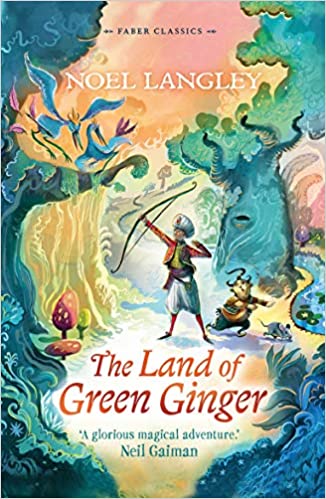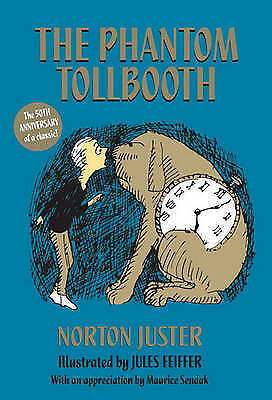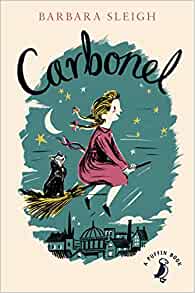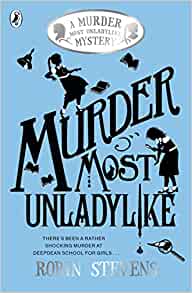Last month something happened to me as a children’s writer that filled me with delight. Something that would have been unthinkable even a generation ago.
When I was young, few children’s adventure stories had heroines. In most of the books I loved – Stig of the Dump, The Land of Green Ginger, The Phantom Tollbooth, Tom Sawyer, Peter Pan, Jack Holborn – it was a hero who drove the action. I’m not in the least complaining about that; I loved Barney, Abu Ali, Milo, Tom etc.
And of course there were many superb – if less obviously adventurous – stories with female protagonists: The Secret Garden, Little Women, Anne of Green Gables, Charlotte’s Web, Carbonel… But here’s the rub. It was a well-known truism that girls would always read stories with boy heroes, while boys wouldn’t dream of returning the compliment with ones that featured girls. As a writer, if you didn’t want to halve your potential audience, it made sense to give all the action to the boys.
Did anyone actually ask the boys what they thought? No of course they didn’t. They just told them. Fathers, mothers, uncles and aunts, teachers, librarians, the publishers themselves all steered boys away from anything with a strong female character instead of a strong male one. All it took was for a teacher – and I’ve heard of this happening only a few years ago – to scoff at a boy for reading a ‘girl’s book’. No one did this to girls. Girls could empathise with a male hero, it seemed, without turning into one, while if a boy tried that with a heroine, he would become irretrievably girly. Perhaps even – heaven forbid – a girly swot.
Well, I’m delighted to tell you that’s a load of tosh. A myth that has long needed debunking. Children of both sexes are naturally far more open-minded, story-loving and eager to be entertained than we give them credit for. Relax the stereotyping created by adults – which, thank goodness, has been happening in the last few years, at least in children’s books – and all children will read the adventures of male and female protagonists alike, as long as the story grips them. Caroline Lawrence has proved this with her Roman Mysteries, in which her heroine Flavia Gemina leads a group of crime solvers, as has Robin Stevens with her Murder Most Unladylike series.
And this is what made me so happy at the all boys’ school I visited just before Easter to talk about the inspiration behind my latest book. The Fall of a Sparrow has an 11 year-old heroine, Eleanor, is set in a girls’ school and features only one – but important – boy character. It’s a thriller with a strong supernatural theme and the boys were so drawn to the story that to my amazement 25 of them ordered copies then and there.
As I say, a generation ago I wouldn’t even have got the booking.
(Adapted from an article first published on Authors Electric.)




